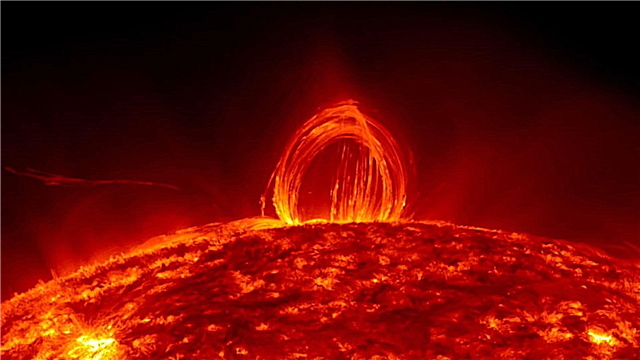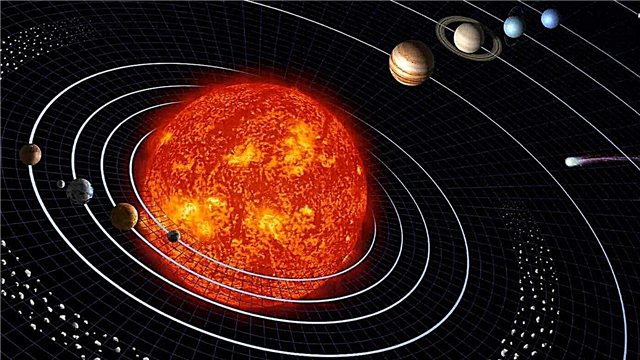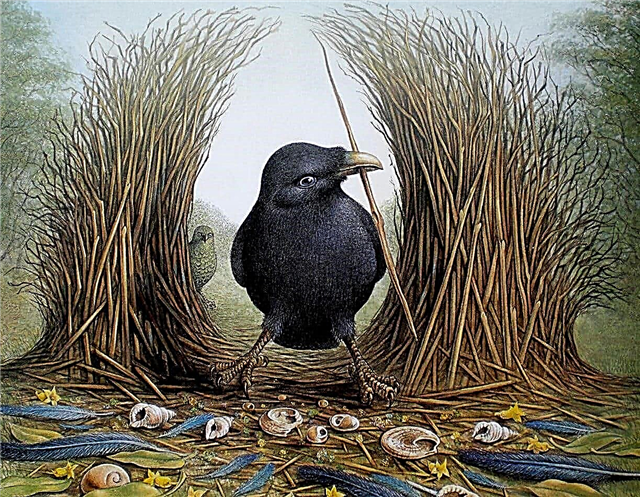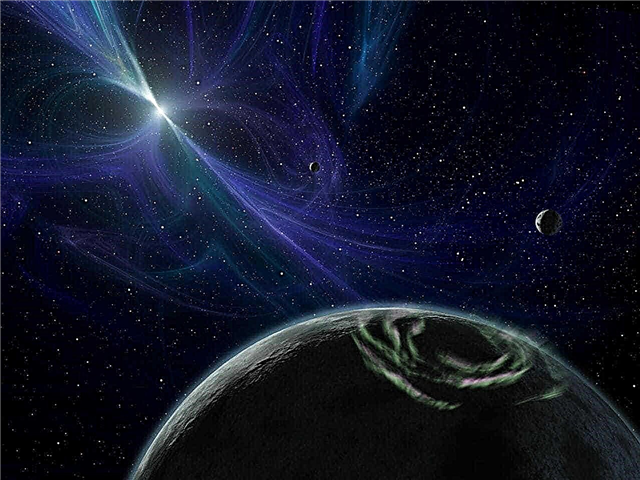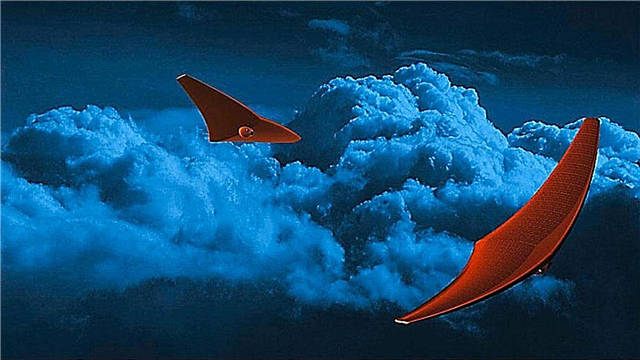
Lakes are bodies of water with stagnant or slowly flowing water of natural origin. It is worth considering the main types of lakes, based on the features of their appearance, to understand the classification of these reservoirs, and to understand how they are formed as a whole. Any water tends to lowlands, various depressions. And lakes also arise in natural lowlands, even if such folds of relief arise above sea level.
The reasons and algorithms for the formation of lakes are not uniform; it is worth considering several mechanisms to understand the details of this issue.
Tectonic, volcanic processes

The largest and deepest lakes on Earth formed due to tectonic processes in the cracks of the earth's crust or its deflections. So, in the trough of tectonic origin is Lake Onega, and Baikal is located in a deep fissure. Moreover, this crack is gradually spreading, threatening to split Eurasia into two parts, and therefore Baikal is steadily expanding and deepening.
One day, oceanic waters will fill it, and it will become the sea. Volcanic lakes have a slightly different specificity. They can be seen in regions where there are volcanoes - in Russia there is such an area in Kamchatka. If lava from a volcano blocked the path of the river, a volcanic lake appears. And water can also accumulate in the crater of a sleeping volcano. Such a lake will exist until a new eruption begins.
Glacial lakes and ponds in ravines

The northern regions are rich in lakes of glacial origin. The hollows of these reservoirs appeared due to the movement of glacial masses that pushed the upper layers of the earth. Also, these lakes arise from moraines - mud masses left by melting glaciers in the mountains. When moving, they can block and dam the river, forming a lake. If the soil is rich in rocks that are easily washed out by water, above-ground or underground lakes may also appear in it. Water can wash gypsum, dolomites, limestones, and occupy this space with its own mass. This is how karst caves are formed - often they are filled with underground waters, creating a whole network of lakes underground.
Interesting processes can occur in permafrost areas - here, when thawing in the summer warm period, the soil can sag, forming a place for a small lake of small depth. Also, lakes can occur when the flow of water in the river slows down - usually this happens when the channel is very curved, which tends to straighten. The site of the former loop can become a lake or a swamp, such objects are called the old woman.
Also, the spit can separate the lake from the main body of water, for example, from the sea. A sand spit can separate a shallow area from the sea, and it will be called the lagoon. In full separation, the same entity will be called an estuary.
There are many options for the emergence of lakes. And these bodies of water themselves can be both less and more durable. Some of them exist for only a few days, while others live for millennia, and only expand. But in any case, each lake is individual, it is priceless natural formations that must be protected.Small ponds are sources of fresh water, which there are not so many on the planet. And large ones, such as Lake Baikal, have a rich natural world, often a unique one, which is worth saving for our children.





